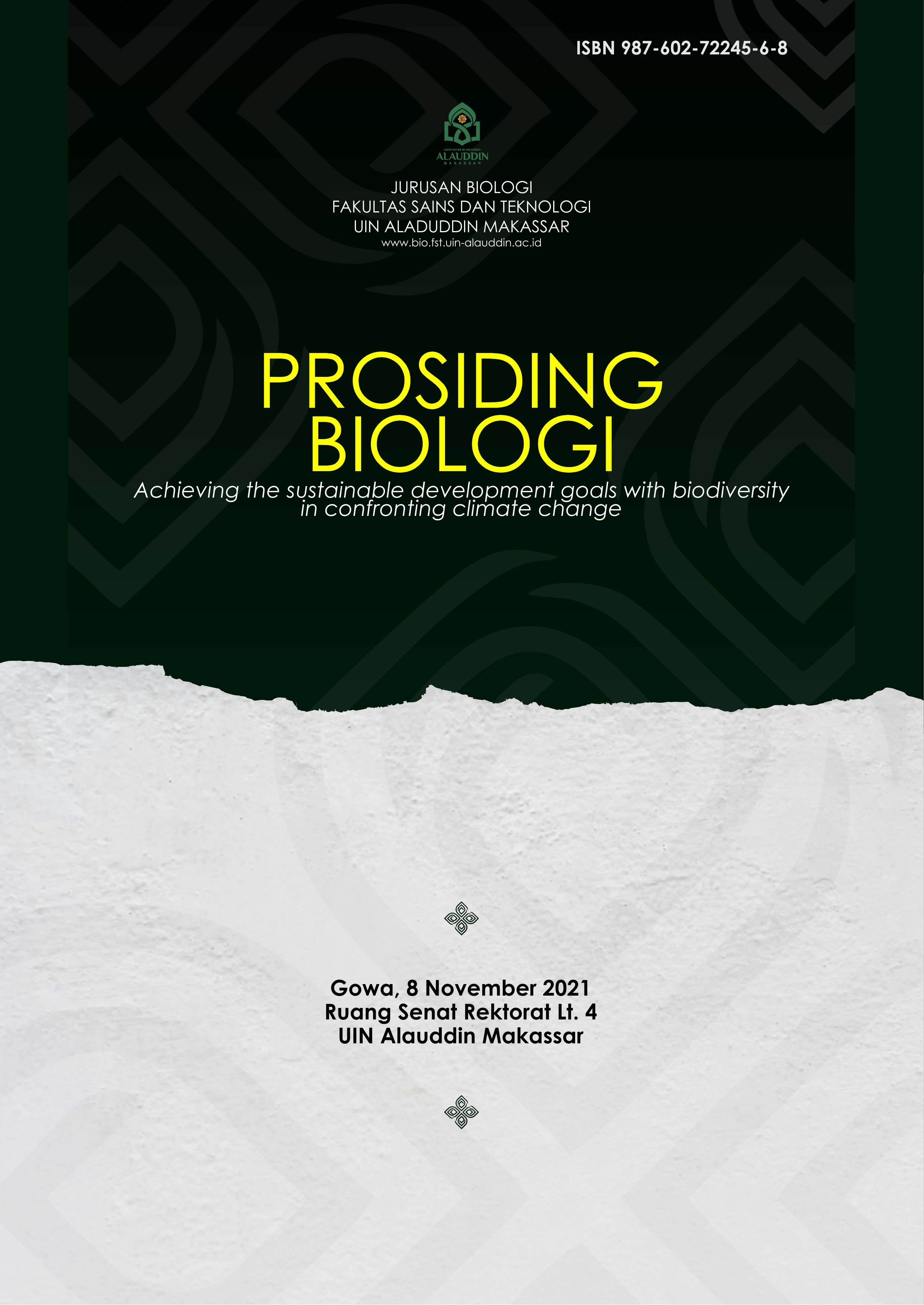Review: Mengenal metode sample pooling untuk pemeriksaan spesimen SARS-CoV-2
Abstract
Pandemi COVID-19 yang disebabkan oleh SARS-CoV-2 telah mengakibatkan kerugian hingga kematian di berbagai negara. Peningkatan metode tes untuk skrining COVID-19 merupakan suatu keharusan untuk mencegah penyebaran virus. Ulasan ini bertujuan untuk menjelaskan secara prinsip perbedaan antara metode uji individual dengan metode sample pooling, serta kelebihan dan manfaatnya. Terdapat beberapa uji yang umum digunakan untuk deteksi SARS-CoV-2 antara lain tes rapid antibody, tes rapid antigen, dan tes swab PCR. Tes swab PCR merupakan tes yang direkomendasikan oleh World Health Organization karena sensitivitas dan spesifisitasnya dapat mencapai 100%. Namun uji tersebut juga memiliki beberapa kekurangan yaitu biaya uji mahal, memerlukan fasilitas terstandarisasi, tingginya resiko paparan, serta preparasi dan prosedur pengujian sampel memerlukan sumber daya manusia terlatih. Metode sample pooling merupakan modifikasi dari uji individual karena pada prosesnya spesimen swab suatu individu dicampur dengan spesimen individu yang berbeda secara bersama-sama, kemudian dilakukan ekstraksi RNA dan diuji dengan RT-PCR. Menurut beberapa sumber referensi, hasil RT-PCR dengan metode sample pooling tetap mampu mendeteksi adanya gen SARS-CoV-2 meskipun terjadi pergeseran CT value yang tidak signifikan dengan kondisi tertentu. Metode ini terbukti mampu meningkatkan pengujian SARS-CoV-2 secara masif dan lebih efektif dari segi ekonomi.
Copyright (c) 2021 Prosiding Seminar Nasional Biologi

This work is licensed under a Creative Commons Attribution 4.0 International License.
This journal provides immediate open access to its content on the principle that making research freely available to the public supports a greater global exchange of knowledge.
All articles published Open Access will be immediately and permanently free for everyone to read and download. We are continuously working with our author communities to select the best choice of license options: Creative Commons Attribution (CC BY)
Authors and readers can copy and redistribute the material in any medium or format, as well as remix, transform, and build upon the material for any purpose, even commercially, but they must give appropriate credit (cite to the article or content), provide a link to the license, and indicate if changes were made.
The Authors submitting a manuscript do so on the understanding that if accepted for publication, copyright of the article shall be assigned to Biogenesis: Jurnal Ilmiah Biologi as publisher of the journal.
